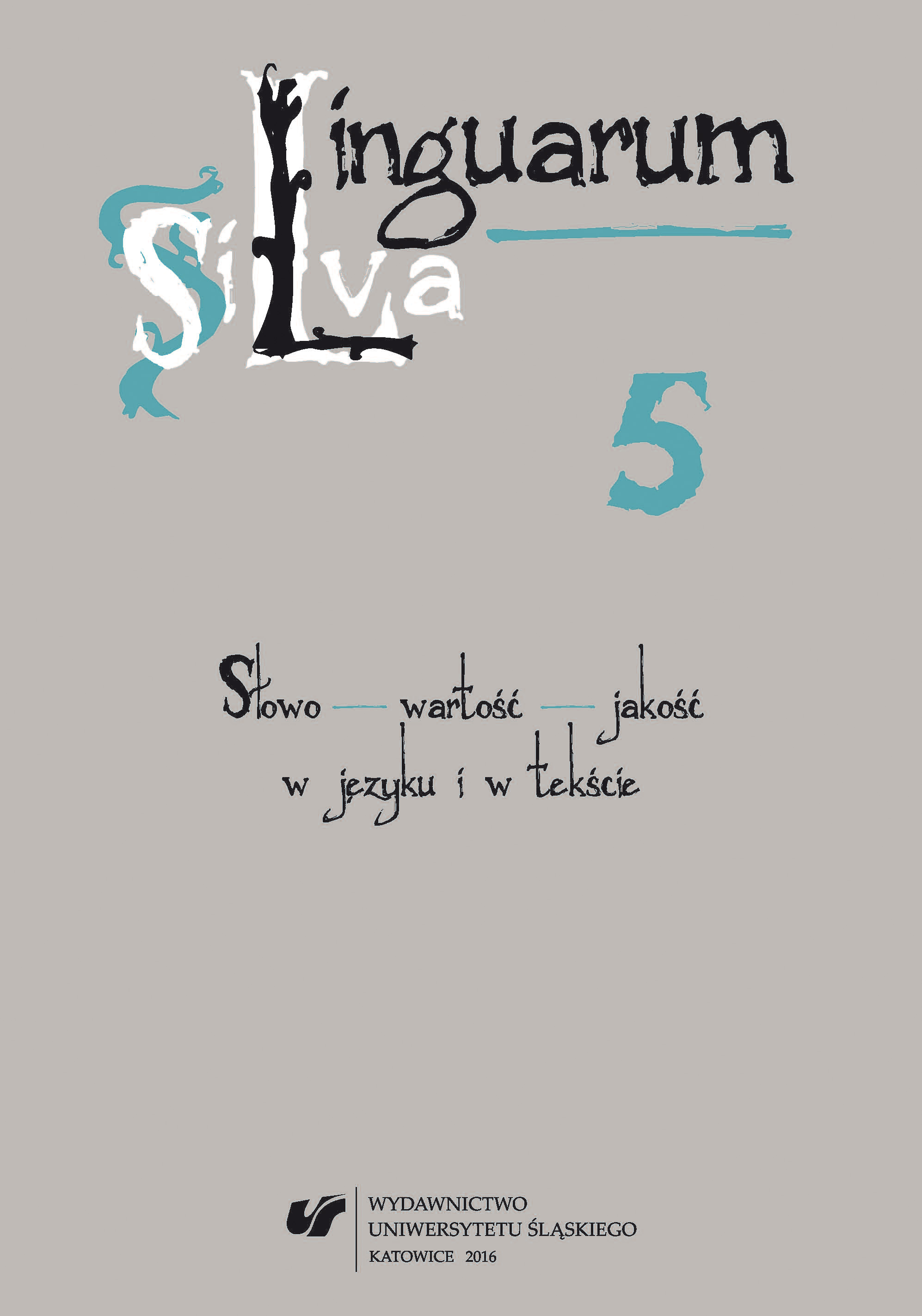Dyskurs upersonifikowanej Śmierci w wybranych przykładach literatury i sztuki europejskiej od XII do XVII wieku
The discourse of personified Death in the selected examples of the European works of literature and the fine arts from the 12th until the 17th century
Author(s): Anna GostomskaSubject(s): Language studies, Language and Literature Studies, Fine Arts / Performing Arts, Theoretical Linguistics, Applied Linguistics, Studies of Literature, Historical Linguistics, Western Slavic Languages
Published by: Wydawnictwo Uniwersytetu Śląskiego
Keywords: death; European works of literature
Summary/Abstract: The aim of this article is to describe the discourse of personified Death in the selected works of European art and literature from the 12th to the 17th century. The article deals with five discursive situations: questioning Death by a man in verse and prosaic disputations and in dialogues in the paintings and woodcuts of the danse macabre, sending Death to man in Helinand of Froidmont’s poems and in morality plays based on the Everyman theme, dispraising Death by the dolce stil nuovo authors, Dante, Petrarch, Johannes von Tepl, as well as Polish Renaissance and Baroque poets, summoning Death in Polish sermons of the 17th century, and finally ridiculing Death in a number of Old Polish dramatic works reflecting the carnival tradition. The analysis proved that the discourse of personified Death functioned in various contexts, had diverse forms and performed many functions. It primarily functioned in the context of Christian eschatology as the doctrine about the last things. The interaction between Death and man also employed satire and farce to mock the representatives of all social strata. On the other hand, addressing personified Death in love and funeral poetry was an emotional contemplation on the loss of a loved one.
Journal: Linguarum Silva
- Issue Year: 2016
- Issue No: 5
- Page Range: 99-113
- Page Count: 15
- Language: Polish

